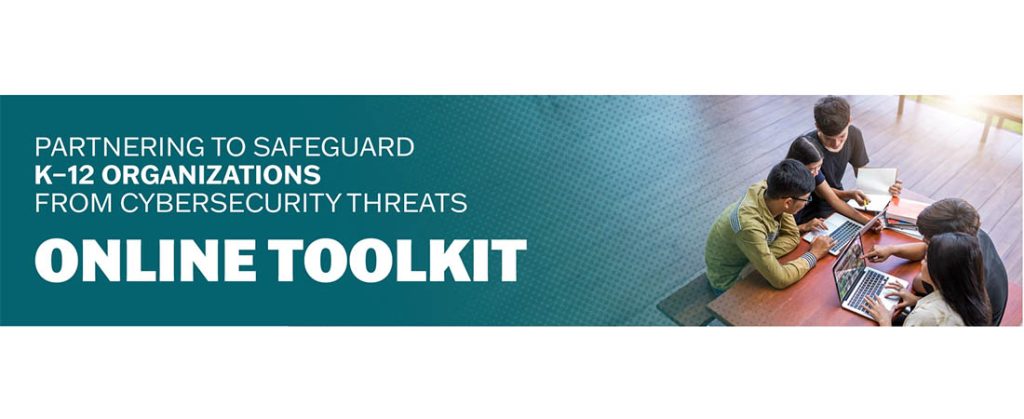
Report and Corresponding Toolkit Provides Simple and Prioritized Recommendations for the K-12 Community
Today, the Cybersecurity and Infrastructure Security Agency (CISA) released its report and toolkit for K-12 institutions to help them better protect against cybersecurity threats. The report, “Partnering to Safeguard K-12 Organizations from Cybersecurity Threats,” provides recommendations and resources to help K-12 schools and school districts address systemic cybersecurity risk. It also provides insight into the current threat landscape specific to the K-12 community and offers simple steps school leaders can take to strengthen their cybersecurity efforts.
The report’s findings highlight the importance of resources, simplicity and prioritization to effectively reduce cybersecurity risk. To address these issues, CISA provides three recommendations in the report to help K-12 leaders build, operate, and maintain resilient cybersecurity programs:
– Invest in the most impactful security measures and build toward a mature cybersecurity plan.
– Recognize and actively address resource constraints.
– Focus on collaboration and information-sharing.
“We must ensure that our K-12 schools are better prepared to confront a complex threat environment,” said CISA Director Jen Easterly. “As K-12 institutions employ technology to make education more accessible and effective, malicious cyber actors are hard at work trying to exploit vulnerabilities in these systems, threatening our nation’s ability to educate our children. Today’s report serves as an initial step towards a stronger and more secure cyber future for our nation’s schools, with a focus on simple, prioritized actions schools can take to measurably reduce cyber risk.”
The release of today’s report serves as an initial step towards a stronger and more secure cyber future for our nation’s schools. CISA continues to engage with federal partners, including the U.S. Department of Education, and work closely with stakeholders to identify opportunities for progress and provide meaningful support that measurably reduces risk.
Along with the report, we are providing an online toolkit which aligns resources and materials to each of CISA’s three recommendations along with guidance on how stakeholders can implement each recommendation based on their current needs. To read the full report and to access the toolkit, visit here.
By CISA

